Hello, my name’s Andrew, and these are the Freet Howgill, a lightweight barefoot shoes with a mesh upper, water-resistant membrane, and aggressive tread for hiking and trail running.
Features
Last video I reviewed the Vivobarefoot Primus Trail Knit FG, which is one of the most versatile and comfortable barefoot shoes I’ve tested, but the upper’s not ideal for wet conditions and the medium 5.5mm tread doesn’t have as much protection for hardcore terrain.
So I asked Freet for a pair of their new Howgill to test and with the featherweight upper and beefy tread…
They’re kind of like a zero-drop monster truck with a comfy sock liner cockpit.
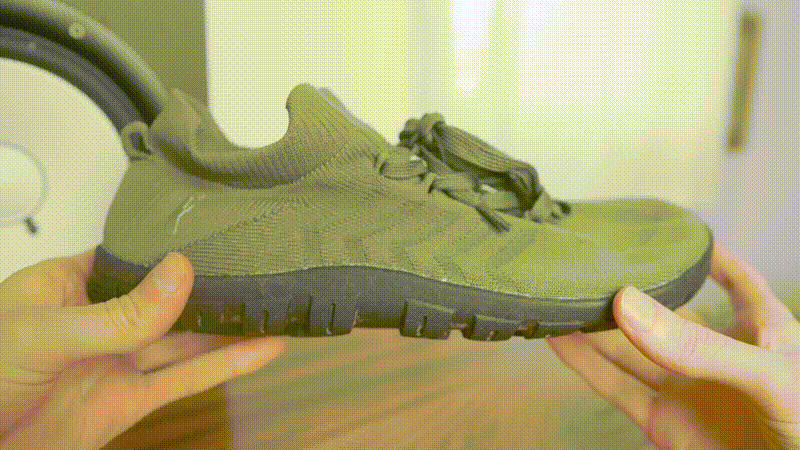
Upper/Lining
Because the Howgill has a wide foot-shaped toebox with a recycled bottle yarn knit upper, thin, water-resistant membrane, minimal laces, slip-on collar, and removable 3mm insole that’s perforated for water drainage and breathability.
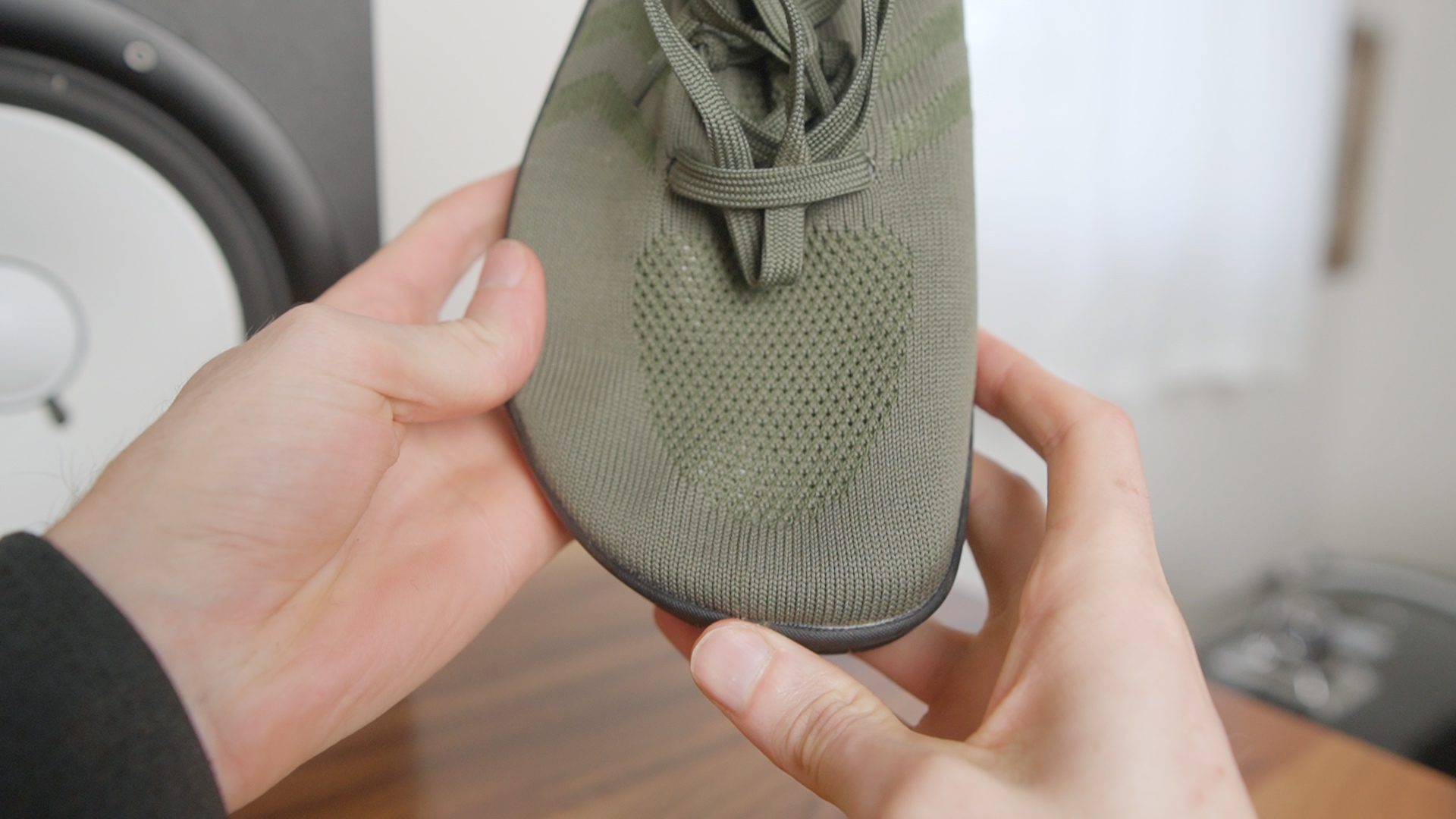
Sole/Tread
Underneath you’re got a medium thick 7.5mm sole with excellent flexibility in all directions, as well as an aggressive tread that’s spaced in the front for wet, muddy conditions and denser in the back for protection on rocky terrain.
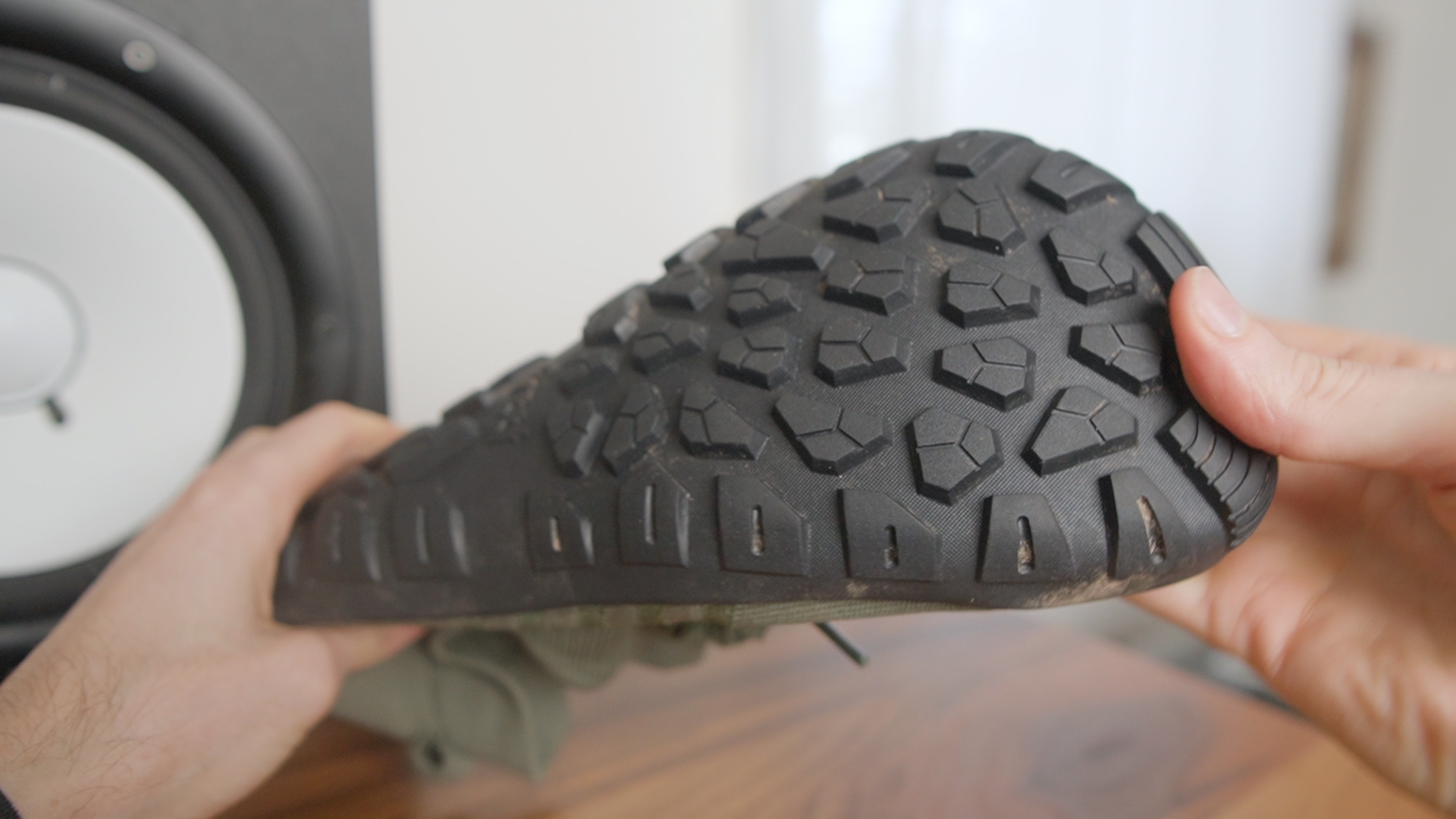
Testing
Having a 7.5mm thick sole I thought the Freet Howgill might feel kind of stiff, but the midsole is only 3.5mm, which makes it ridiculously flexible.
Hiking
So going out for a hike my feet rolled smoothly along packed dirt and despite the knit upper not looking waterproof whatsoever the inner membrane actually did a great job of keeping my feet dry walking through a cold, muddy field.
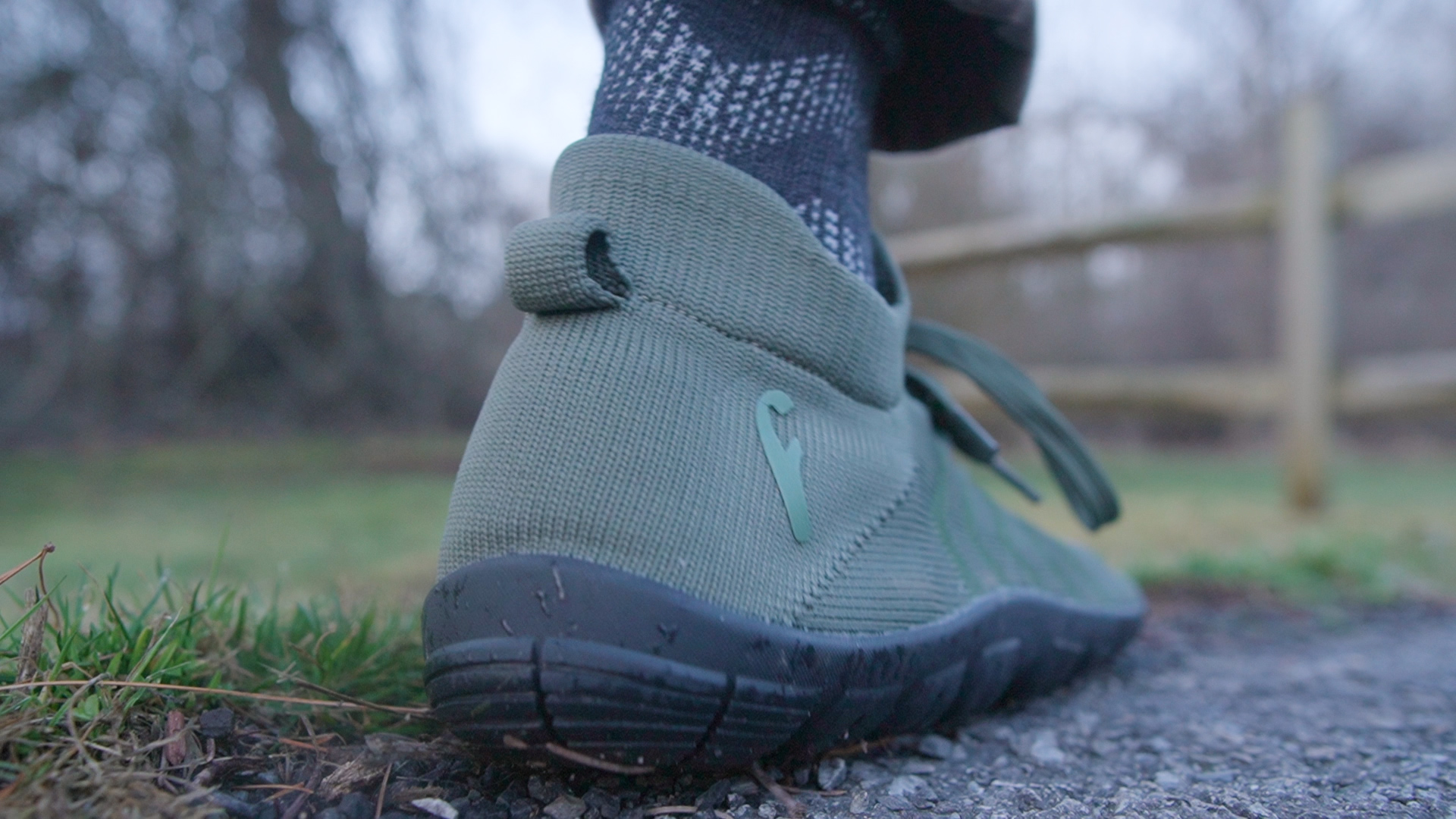
Making my way up a rocky path the Howgill’s higher collar was nice for preventing little stones from getting in, although the slip-on collar made it super easy to whip the shoe off and shake them out.
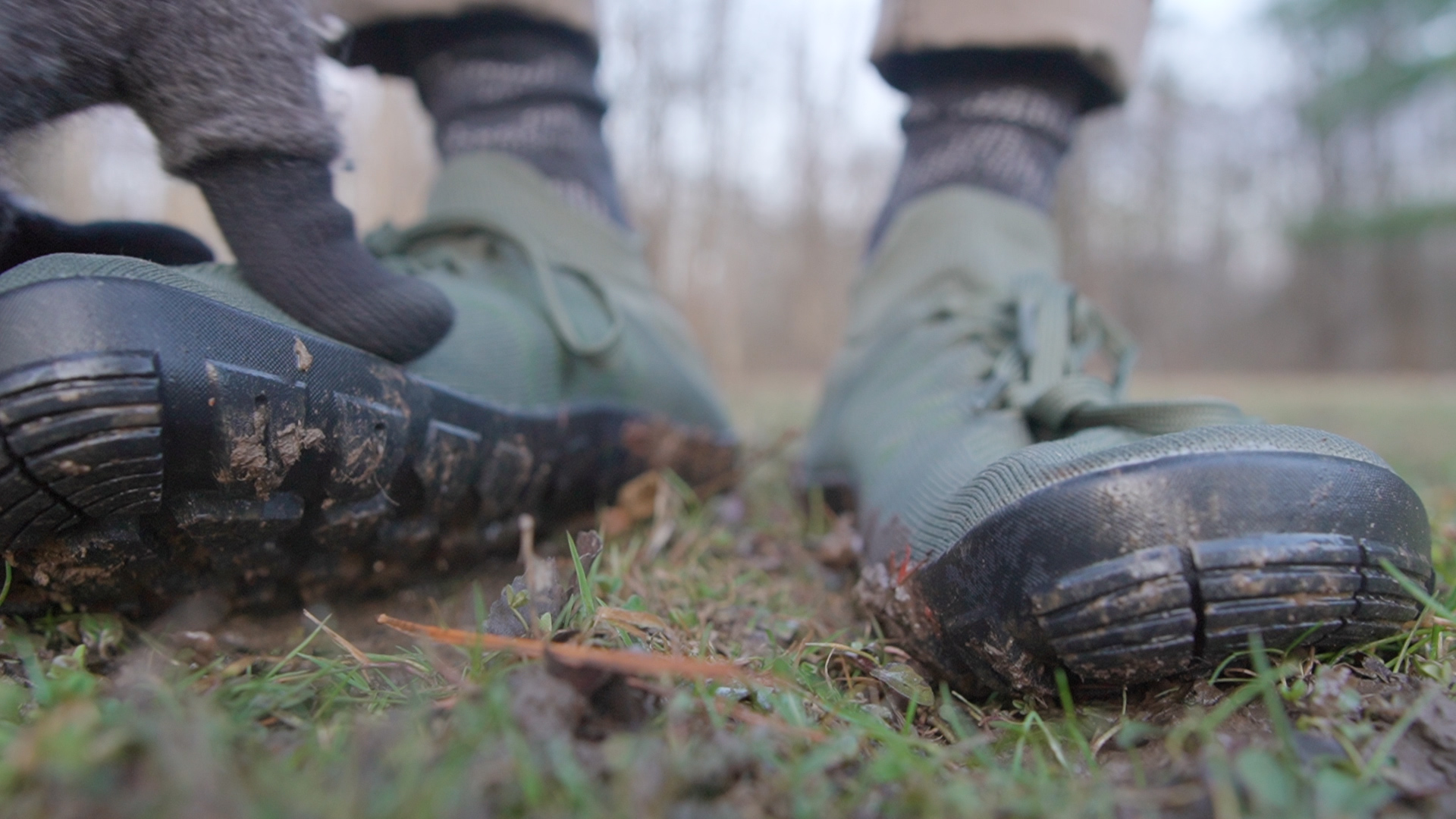
Also, the wraparound sole provided some great protection from stubbing my toes on roots, while the 4mm lugs were tough enough to handle even the largest most jagged rocks.
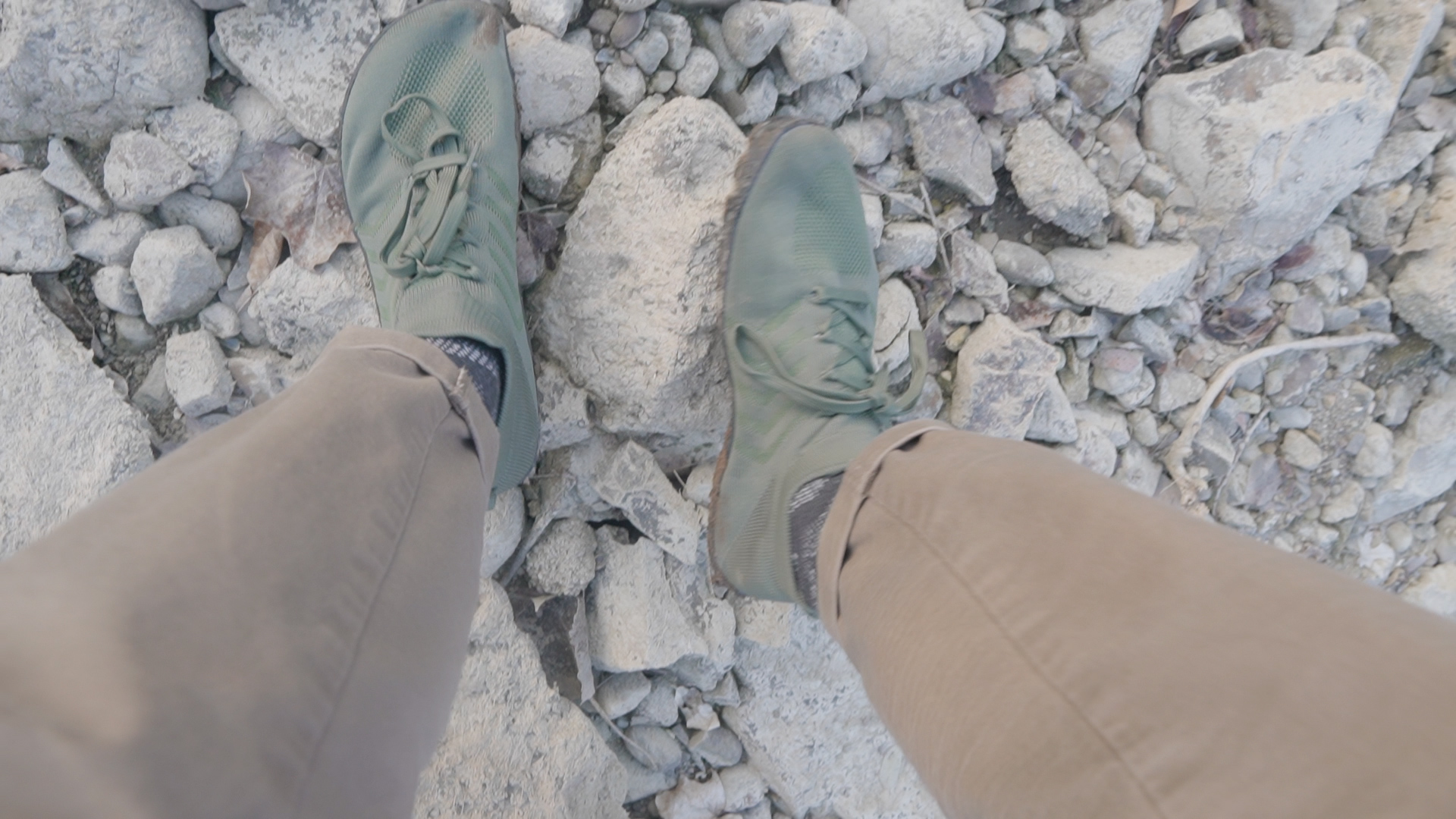
Trail Running
Gearing up for a trail run I found the Howgill’s bottle yarn lining to be a bit slippery, but the textured insoles worked a lot better and also compensated for the less breathable membrane by improving airflow and water drainage.
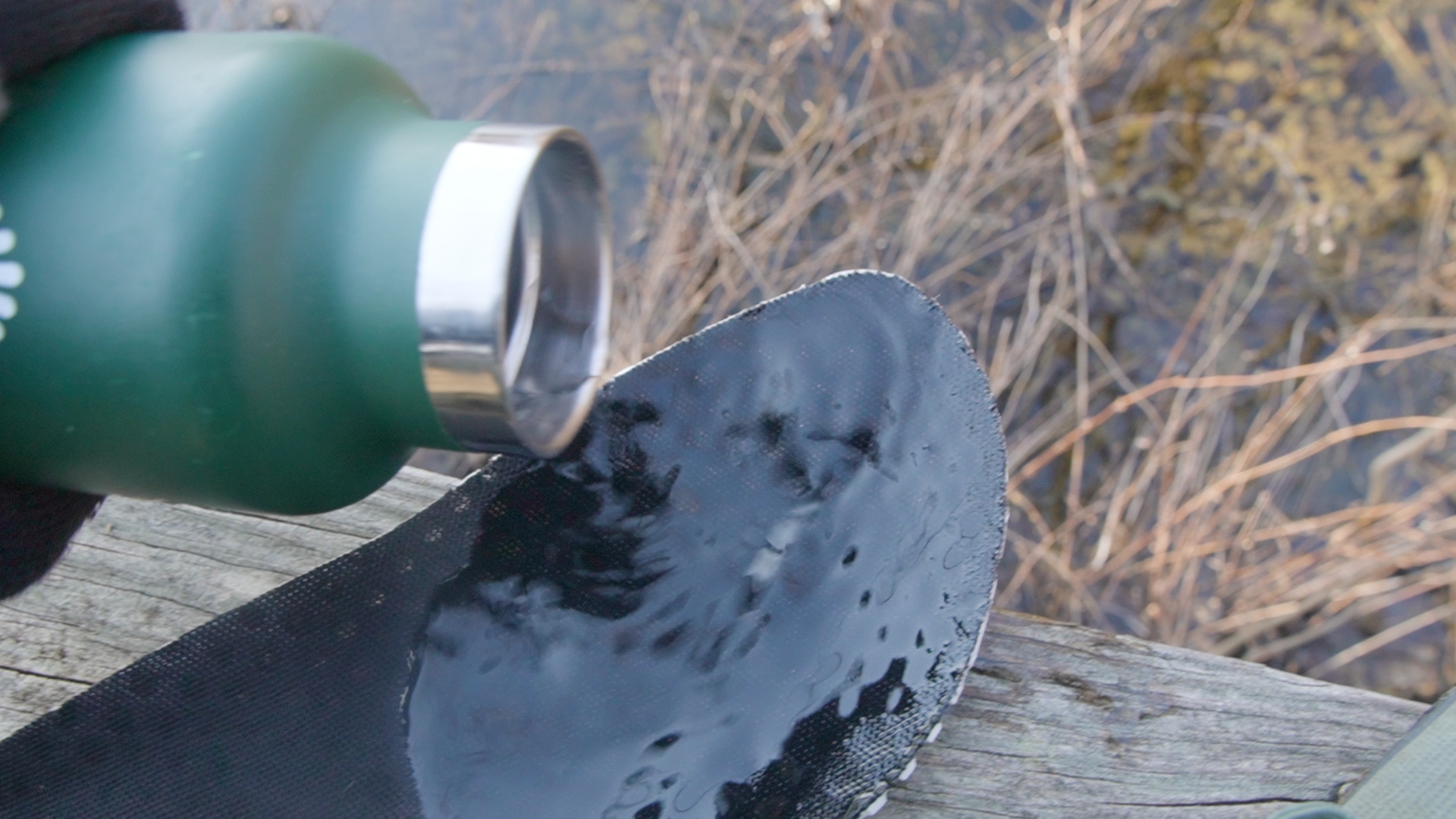
Clambering up steep muddy hills the deep 4mm tread offered some solid traction, while the denser back lugs protected my heels from being jabbed by sharp rocks bombing down gravely slopes.
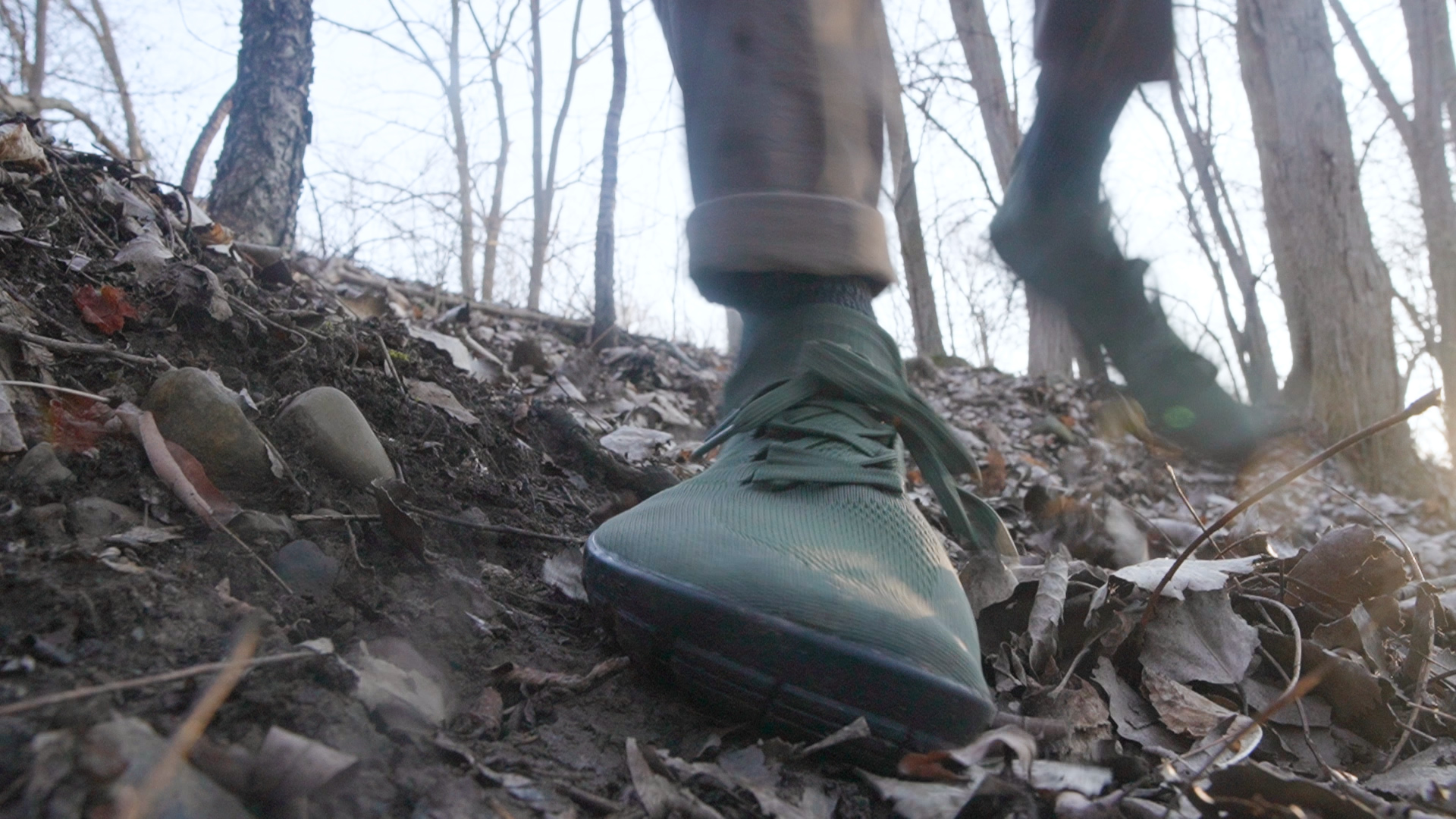
It’s weird, because the Howgill’s tread is so rugged that you expect the upper to feel clunky, but no…it just kind of disappears, like the sole is magnetically attached to your foot!
Conclusion
Overall the Freet Howgill is a great option for anyone who wants a beefy sole for hardcore terrain with the freedom of a lightweight upper that’s got some extra protection for cold, nasty days.
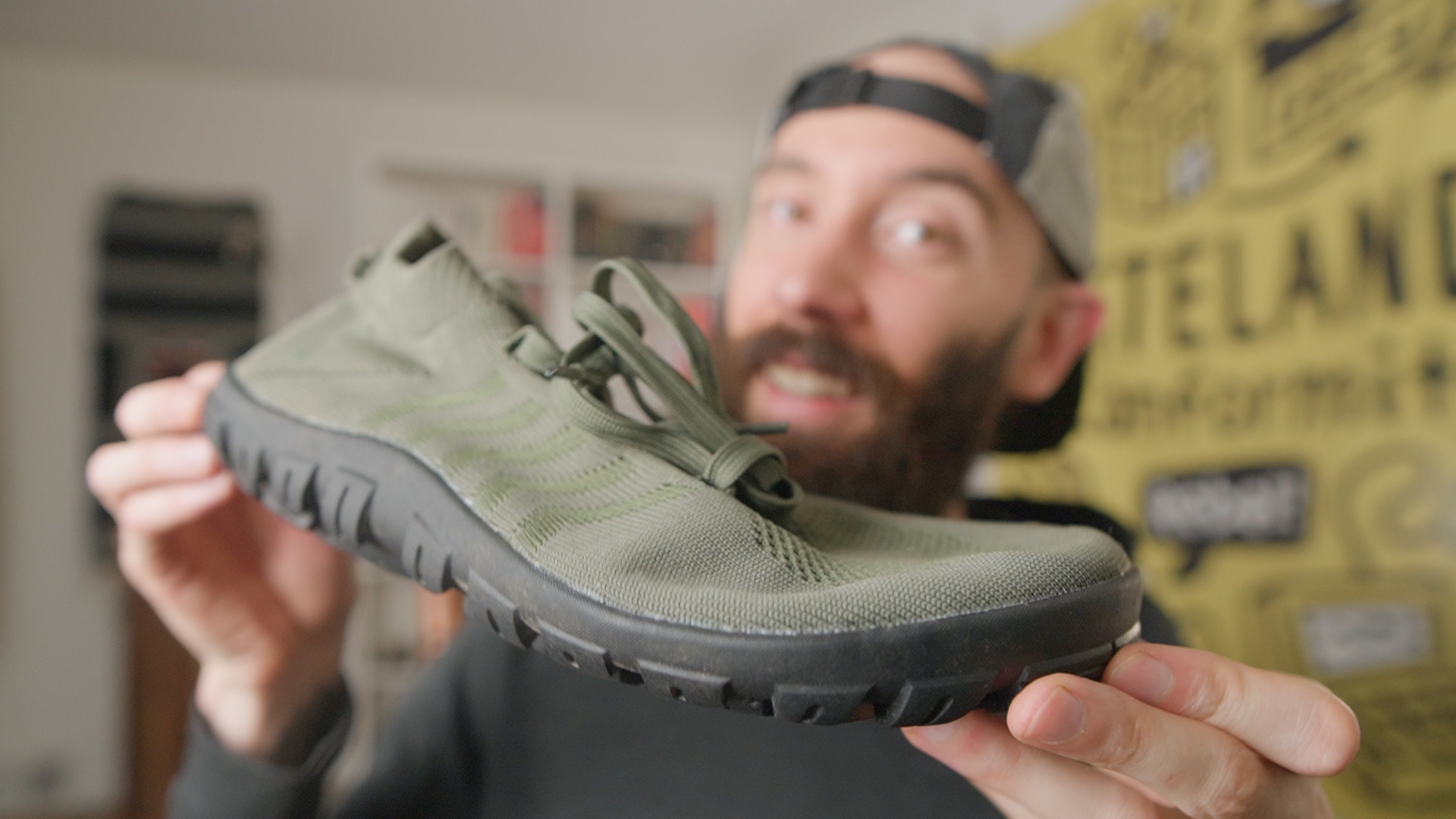
Pros/Cons
Because the slip-on upper is wide and comfortable, the water-resistant membrane and perforated insole provide a good amount of coverage in wet conditions, and the meaty 7.5mm sole can handle even the rockiest terrain, while still being highly flexible.

However, the Howgill’s soft knit upper doesn’t have as much support for unstable terrain and is more susceptible to being ripped by rocks or thorns, the 4mm lugs feel like overkill walking on roads, and the synthetic membrane isn’t completely waterproof and can start to get hot above seventy degrees, although wearing a layer of Injinji merino wool toe socks can help improve temperature regulation.

Alternatives
In terms of similar barefoot trail shoes…

Resources
If you’d like to support the channel you can use the code AF10 for 10% off Freet, but you can also browse and filter more products at barefootwear.org or watch my Zero-Drop Transition video to learn more about barefooting.
Finally, if you have a question about the Freet Howgill, or about barefoot shoes in general, let me know in the comments.
Thanks for reading, catch ya next time. Peace!
Andrew Folts
Andrew is a writer/filmmaker who creates video guides and reviews for a community of 30K+ creative rebels on YouTube.